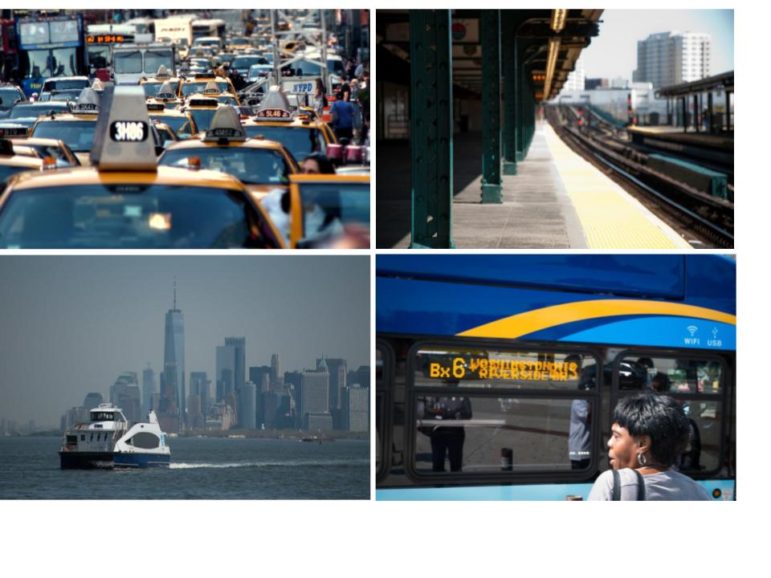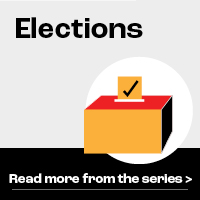From subways and buses to bikes and ferries, the people who win this year’s elections for mayor and other city offices will not only shape how New Yorkers get around, but also how public space and taxpayer money gets used.

Adi Talwar, MTA, mayoral photography office, Alejandro Mallea
Bill de Blasio wasn’t elected eight years ago on a big transportation platform, but transit issues have been a major part of his mayoralty. There were the issues he chose, like Vision Zero and the ferry system, and issues that found him, like the 2017 subway crisis, congestion pricing and Open Streets. Like his predecessor Mayor Mike Bloomberg, who extended the 7 train and created the first Select Bus Service lanes, a good deal of de Blasio’s legacy will be mobile—a complicated map of what he accomplished, what he tried and what he never really touched.
The same will almost certainly be true, if not truer, about whoever becomes the next mayor. The subway system will still be recovering from COVID-19 and congestion pricing will be on its way in. The demand for more bike infrastructure and pedestrian safety will only intensify, as an aging city with changing commuting patterns relies more on its bus system and the economy of for-hire vehicles continues to evolve.
In the latest “Max & Murphy On the Issues” video, we offer a brief primer on the transportation issues the city faces and the questions to ask candidates about their plans for moving the city.










One thought on “Trains, Plans & Automobiles: Transportation Issues in the 2021 Campaign”
Thank you for including issues re subway accessibility and full participation in the transportation system, seniors, people with disabilities, parents with strollers, luggage, bad backs, knees.Another concern is bikes going thru red lights, on sidewalk, wrong way endangering pedestrians, disabled, seniors. I applaud less cars and more bikes but safety concerns and this now the new normal. Cars are lethal but cant minimize the dangers of hits, injuries and some deaths re bikes. What to do? License and accountability, public. education campaign